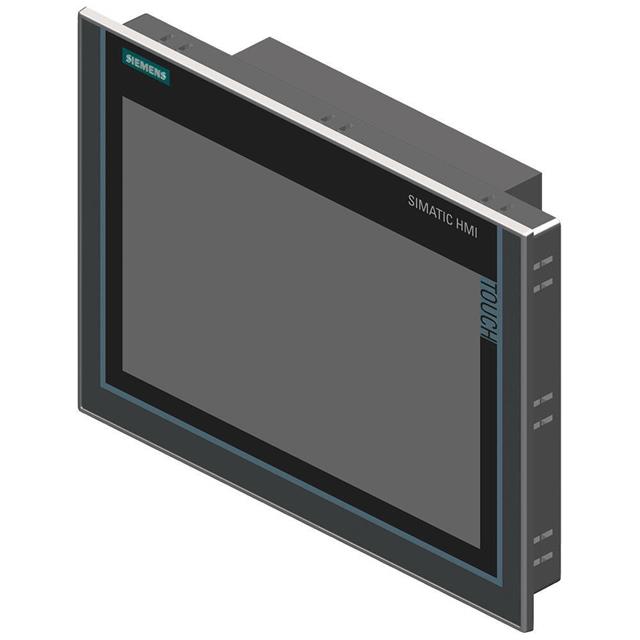SIMATIC IFP1200 Series, Human Machine Interface (HMI)
Results:
3
Manufacturer
Series
Ingress Protection
Operating Temperature
Size - Display
Voltage - Supply
Case Color
Type
For Use With/Related Products
Display Type
Features
Results remaining:3
Applied Filters:
SIMATIC IFP1200
About Human Machine Interface (HMI)
Human Machine Interfaces (HMIs) encompass a variety of physical input devices that enable operators to interact directly with machines and systems. These interfaces, which include operator panels, touchscreens, keyboards, mice, and gamepads, facilitate the seamless input of data from human operators. Alternate terms for human-machine interfaces include man-machine interface (MMI) and, in the context of computer-based systems, human–computer interface. In addition to the traditional input devices, HMIs can incorporate various user interface (UI) layers that engage one or more human senses. These sensory UI layers may include tactile UI (involving touch), visual UI (pertaining to sight), auditory UI (involving sound), olfactory UI (relating to smell), equilibrial UI (concerning balance), and gustatory UI (associated with taste). By employing these diverse sensory modalities, HMIs can cater to a wide range of user preferences and accessibility needs, enhancing the overall user experience and efficiency of interaction with machines and systems. Tactile UI elements, for instance, can enable intuitive touch-based interactions, while visual UI components can convey information effectively through graphical representations and visual cues. Auditory UI features may provide feedback and alerts using sound, while other sensory modalities such as olfactory, equilibrial, and gustatory UIs are less commonly utilized but hold potential for specialized applications and accessibility considerations. Overall, the multifaceted nature of HMIs, encompassing both physical input devices and sensory UI layers, underscores their pivotal role in facilitating intuitive, efficient, and inclusive interactions between humans and machines across a diverse array of applications and use cases.



